10×10 canopy|Can one person set up a 10×10 canopy?
1.Can one person set up a 10×10 canopy?
It is usually possible to set up a 10×10 canopy for one person, but this also depends on the type and design of the tent. Here are the general steps:
PREPARATION: Make sure you have done some preparation before you bring your tent. Check that all parts of the tent are complete and familiarize yourself with the setup procedure.
Choose a suitable location: Choose a flat, clean surface to ensure that the tent can be set up in a stable manner.
Unfold the tent: Remove the tent from the bag and spread the tent flat on the ground. Locate the four corners of the tent and make sure they are all in the correct position.
RAISE THE FRAME: Depending on the design of the tent, raise the frame of the tent. For some spring-loaded frames, you may need to press or lift the frame to unfold it.
Lock the frame: Make sure the connecting parts of the frame are fully locked to prevent the tent from swaying or collapsing in the wind.
Attach the cover: Attach the cover (top of the tent) to the frame. Some tents use roll tabs or other methods to secure the cover.
Adjust Height: Adjust the height of the tent as needed to make sure it meets your requirements.
ADD ACCESSORIES: If the tent comes with accessories, such as sidewalls, ground anchors, or heavy duty bags, install them as needed.
Please note that some large or heavy tents may require two or more people to collaborate on the setup, especially in unstable weather conditions. Before setting up, it is advisable to check the tent’s instruction manual to ensure that the manufacturer’s recommendations have been followed.
2.What to pay attention to when purchasing 10×10 custom canopy tent?
When purchasing a 10×10 custom canopy tent, there are several important factors to consider to ensure that you get the right product for your needs. Here’s what to pay attention to:
Material Quality:
- Check the quality of the canopy material. It should be durable, water-resistant, and UV-resistant to withstand various weather conditions.
Frame Construction:
- Evaluate the frame material and construction. Common materials include steel and aluminum. The frame should be sturdy, lightweight, and resistant to rust or corrosion.
Customization Options:
- Consider the level of customization offered. Look for a supplier that allows you to add your logo, branding, or custom graphics to the canopy. The printing should be of high quality and long-lasting.
Ease of Setup:
- Check if the tent is easy to set up. Look for features like a pop-up design or a straightforward assembly process. This is particularly important if you plan to set up the tent frequently.
Portability and Storage:
- Consider the portability of the tent. If you need to transport it frequently, choose a model that comes with a carry bag and is compact when folded. Additionally, check if it fits in your vehicle.
Accessories and Features:
- Look for additional features and accessories. Some tents come with sidewalls, windows, or adjustable height settings. Consider your specific needs and whether these features are beneficial.
Durability:
- Assess the overall durability of the tent. Quality zippers, reinforced stitching, and strong connections between the frame and canopy contribute to the longevity of the product.
Warranty and Customer Support:
- Inquire about the warranty provided by the manufacturer. A warranty indicates the confidence the manufacturer has in its product. Also, check the availability of customer support in case you have questions or issues.
Reviews and Ratings:
- Read customer reviews and ratings for the specific tent model and brand. This can provide insights into the real-world experiences of other users.
Compliance with Regulations:
- Ensure that the tent complies with safety and fire regulations. This is especially important if you plan to use the tent at events or in public spaces.
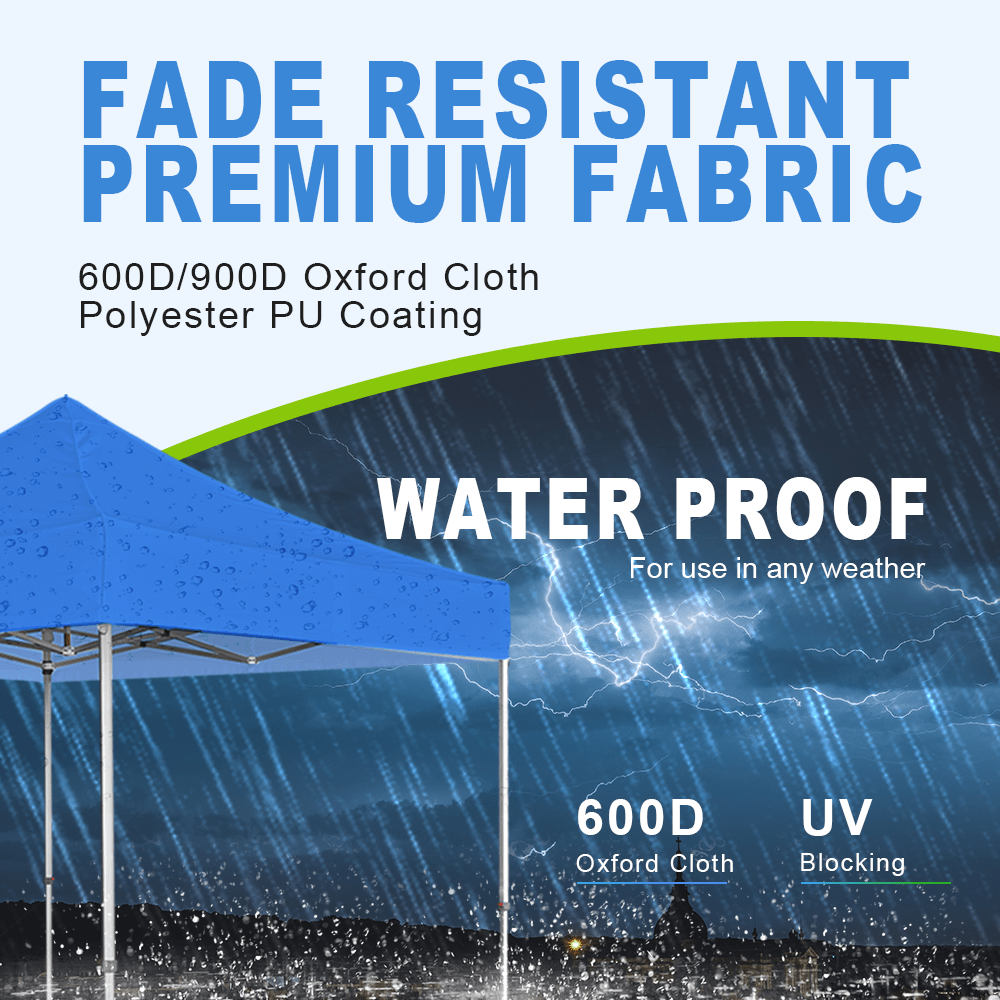
3.Is 10×10 custom canopy cover easily damaged?
The durability of a 10×10 custom canopy cover can vary based on several factors, including the quality of materials used, how well it’s maintained, and the conditions it’s exposed to. Here are some considerations to help prevent damage to the canopy cover:
Material Quality:
- Choose a canopy with a high-quality material that is designed to withstand outdoor elements. Common materials include polyester, polyethylene, or vinyl.
UV Resistance:
- Opt for a canopy cover that has UV-resistant properties. This helps prevent damage from prolonged exposure to sunlight, reducing the likelihood of fading and degradation.
Water Resistance:
- Ensure the canopy cover is water-resistant or waterproof to protect against rain. This is particularly important to prevent water damage and mold growth.
Proper Installation:
- Follow the manufacturer’s instructions for proper installation. Ensure that the canopy cover is securely attached to the frame, and avoid overstretching the material.
Avoid Sharp Objects:
- Be cautious of sharp objects or edges that could puncture or tear the canopy cover. Keep the area around the canopy clear of potential hazards.
Regular Cleaning:
- Clean the canopy cover regularly to remove dirt, debris, and stains. Use mild soap and water, and avoid harsh chemicals that could damage the material.
Storage:
- When not in use, store the canopy in a dry and cool place. Avoid leaving it exposed to harsh weather conditions when not needed.
Wind Considerations:
- If using the canopy in windy conditions, consider using additional anchors or weights to secure the canopy. Sudden gusts of wind can potentially damage the cover.
Inspect for Wear and Tear:
- Periodically inspect the canopy cover for any signs of wear and tear. This includes checking for loose seams, tears, or areas of weakness.
Warranty:
- Check the warranty provided by the manufacturer. Some warranties cover damage under certain conditions, providing an added layer of protection.

4.What does 10×10 custom canopy need to consider?
When considering a 10×10 custom canopy, several factors need to be taken into account to ensure that it meets your specific requirements. Here are key considerations:
Material:
- Choose a canopy made from durable and weather-resistant materials. Common materials include polyester, polyethylene, or vinyl. Consider the material’s UV resistance and waterproof properties.
Frame Construction:
- Evaluate the frame construction material, usually aluminum or steel. Aluminum frames are lightweight and resistant to rust, while steel frames provide additional strength but can be heavier.
Portability:
- If portability is essential, opt for a lightweight and compact design. Look for features such as a collapsible frame, telescopic legs, and a carrying bag for easy transportation.
Customization Options:
- Consider the level of customization available. Some companies offer full-color printing, allowing you to add your logo, branding, or specific graphics to the canopy. Check for customization limitations and costs.
Ease of Setup:
- Look for canopies that are easy to set up and take down. Features like push-button sliders and intuitive locking mechanisms can simplify the assembly process, making it suitable for one person.
Stability:
- Assess the stability of the canopy, especially if it will be used in windy conditions. Features like adjustable legs and additional anchoring options (such as sandbags or stakes) contribute to stability.
Size and Coverage:
- Ensure that the 10×10 size meets your space requirements. Consider the coverage provided by the canopy, and whether it offers adequate shade or shelter for your intended use.
Ventilation:
- Some canopies come with built-in ventilation features, such as mesh sidewalls, to improve air circulation. This can be beneficial in hot or crowded settings.
Durability:
- Check product reviews, ratings, and the warranty offered by the manufacturer. A warranty can provide peace of mind regarding the durability and quality of the canopy.
Intended Use:
- Determine the primary use of the canopy. Whether it’s for outdoor events, trade shows, promotional activities, or recreational purposes, choosing a canopy that aligns with your needs is crucial.
Budget:
- Establish a budget for your canopy purchase. Prices can vary based on features, materials, and brand reputation. Consider the long-term value and durability rather than opting for the cheapest option.
Brand Reputation:
- Research and choose reputable brands with positive customer reviews. A well-established brand is more likely to provide quality products and reliable customer support.

5.How big is 10×10 commercial tent?
A 10×10 commercial tent refers to a tent with dimensions of 10 feet by 10 feet, providing a total coverage area of 100 square feet. These tents are commonly used for commercial purposes, such as outdoor events, trade shows, promotions, or other business-related activities.
The size of a 10×10 commercial tent makes it versatile and suitable for various applications, offering enough space to set up a booth, showcase products, or create a branded and sheltered area for promotional activities. Commercial tents of this size are often chosen for their portability, ease of setup, and the ability to provide a designated space for businesses to engage with customers in outdoor settings.
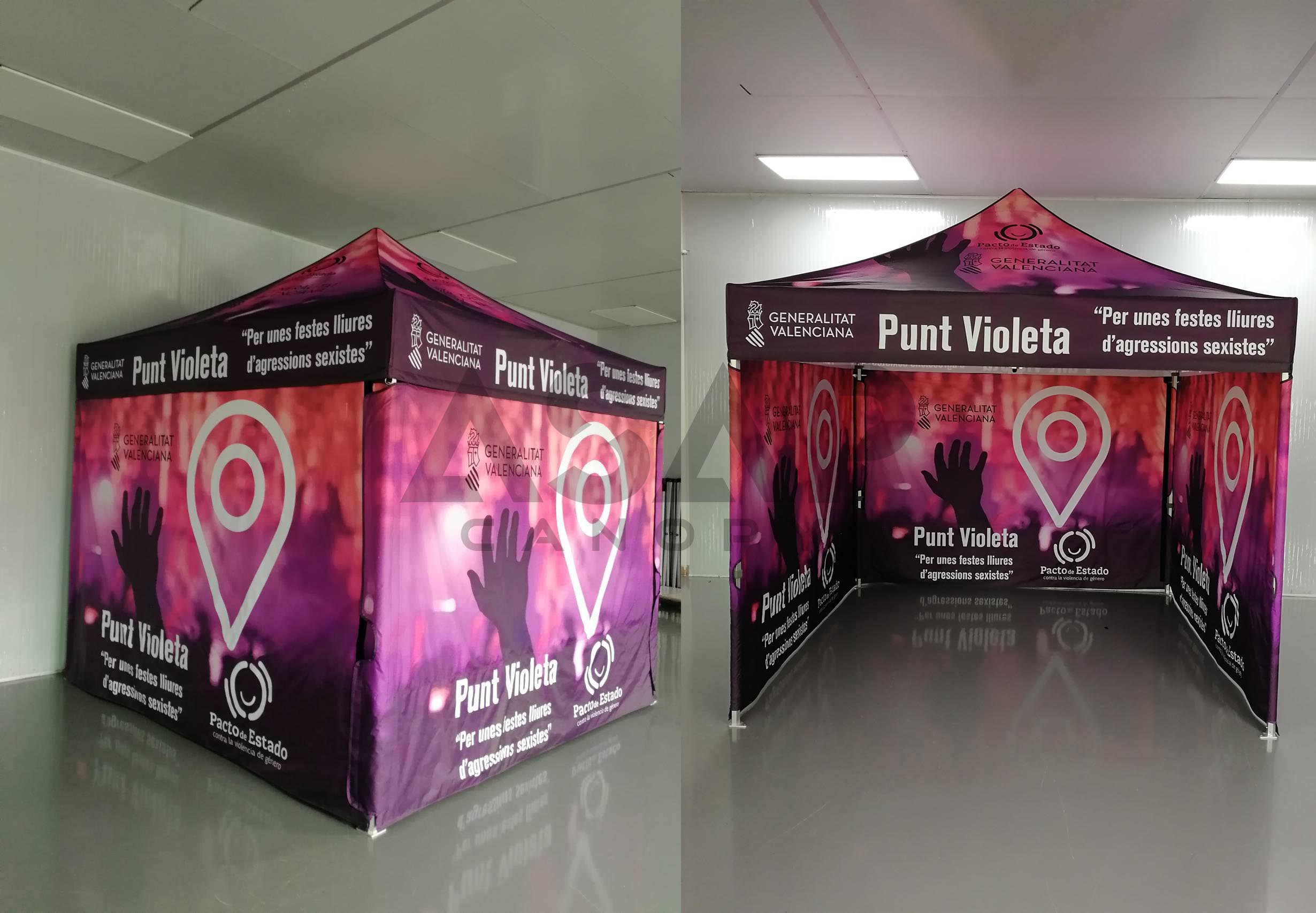
6.Is 10×10 canopy waterproof standard?
The waterproofness of a 10×10 canopy depends on the specific design and materials used in its construction. Canopies are typically made from water-resistant or waterproof materials to provide protection from rain and other weather elements. However, the level of waterproofing can vary among different canopies and brands.
When looking for a 10×10 canopy, you may want to consider the following factors:
Material: Check the canopy’s material specifications. High-quality canopies often use water-resistant or waterproof fabrics such as polyester or polyethylene.
Seams: Ensure that the seams are properly sealed or taped. This prevents water from seeping through the stitching.
Coating: Some canopies come with additional waterproof coatings or treatments to enhance water resistance.
Frame Design: While the canopy cover is crucial, also consider the design of the frame. A sturdy and well-constructed frame helps maintain the canopy’s shape and prevents water pooling.
Customer Reviews: Look for customer reviews to get insights into the canopy’s performance in different weather conditions.
It’s important to note that no canopy can guarantee complete waterproofing in extreme conditions, and proper care and maintenance can contribute to the longevity of its water-resistant properties. Always refer to the product specifications and care instructions provided by the manufacturer.
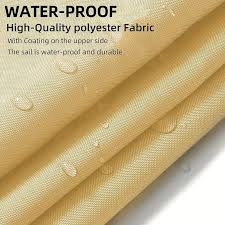
7.How to DIY 10×10 canopy top?
Creating a DIY 10×10 canopy top can be a fun and rewarding project. Here’s a general guide on how to make your own canopy top:
Materials:
- Heavy-duty fabric (water-resistant or waterproof)
- Measuring tape
- Scissors
- Sewing machine or fabric glue
- Grommets
- Rope or bungee cords
- Optional: Thread, sewing pins, iron
Steps:
Measure and Cut Fabric:
- Measure the dimensions of your canopy frame to ensure the fabric will fit properly.
- Add a few inches to each side for seam allowances.
Cutting the Fabric:
- Use the measurements to cut the fabric accordingly. If your canopy has a peaked or sloped roof, consider the shape when cutting.
Sewing (or Gluing) Seams:
- If you have a sewing machine, sew the seams using a straight stitch. If not, fabric glue can be used for a no-sew option.
- Fold the edges of the fabric over and secure with pins before sewing or gluing.
Attaching Grommets:
- Attach grommets to the corners and along the edges of the canopy. Grommets will provide reinforced holes for securing the canopy to the frame.
Securing to Frame:
- Use rope or bungee cords to secure the canopy top to the frame. Thread the rope through the grommets and tie securely.
Optional Enhancements:
- Consider adding reinforcement patches at stress points.
- Add additional features like Velcro straps for extra stability.
Testing:
- Once your DIY canopy top is attached to the frame, test it to ensure a snug fit and stability. Make adjustments as needed.
Remember to choose a durable and weather-resistant fabric to ensure your DIY canopy top provides adequate protection. Additionally, this DIY project involves basic sewing or fabric gluing skills, so choose a method that aligns with your abilities and equipment.

8.How to design 10×10 canopy tent with logo yourself?
Designing a 10×10 canopy tent with a logo can be a creative and brand-enhancing project. Here are steps to help you design it yourself:
1. Gather Necessary Information:
- Understand the specifications of your 10×10 canopy tent, including the dimensions, fabric color, and any specific design requirements.
2. Define Your Branding:
- Clearly identify your brand elements, such as logo, colors, fonts, and any specific graphics or images associated with your brand.
3. Choose a Design Software:
- Use graphic design software such as Adobe Illustrator, Photoshop, or even online tools like Canva or Adobe Spark.
4. Set Canvas Size:
- Create a new document in your chosen design software with the dimensions corresponding to your canopy size (10×10 feet).
5. Import Logo:
- Import your logo into the design. Ensure the logo is high-resolution for a crisp and clear print.
6. Add Brand Elements:
- Incorporate your brand colors, fonts, and any additional elements that represent your brand identity.
7. Design Layout:
- Plan the layout of your canopy. Consider the placement of the logo, tagline, and any other graphics. Ensure key information is prominently displayed.
8. Include Contact Information:
- If applicable, include your contact information such as website, phone number, or social media handles.
9. Ensure Readability:
- Make sure all text and graphics are easily readable. Consider the distance from which people will view the canopy.
10. Preview and Adjust:
- Preview your design and make adjustments as needed. Pay attention to how the design looks as a whole and from different angles.
11. Save in Print-Ready Format:
- Save your design in a print-ready format (such as PDF) to ensure optimal quality when sending it to the printer.
12. Printing:
- Find a reputable printing service that specializes in custom canopy printing. Provide them with your print-ready file.
13. Installation Considerations:
- Keep in mind any specific features of your canopy, such as peak height, sidewalls, or zippered entrances, and design accordingly.
14. Double-Check Specifications:
- Before finalizing the design, double-check with your canopy provider to ensure that your design aligns with their printing specifications.
Designing your own canopy allows for creativity and customization, helping your brand stand out at events. If you’re not comfortable with graphic design, consider hiring a professional designer to bring your vision to life.

9.How can I make Canopy Sidewalls?
- Choose a fabric that is both water-resistant and provides UV protection.
- Reinforce stress points, such as corners and areas around grommets, to ensure durability.
- Consider making sidewalls with clear vinyl windows to allow natural light inside.
Remember to take your time and double-check measurements to ensure a proper fit. If you’re not confident in your sewing skills, you may consider seeking assistance from a professional or purchasing pre-made canopy sidewalls.





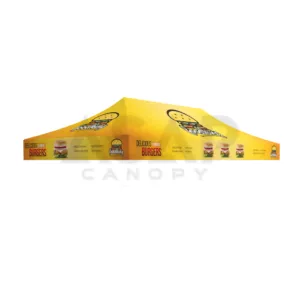
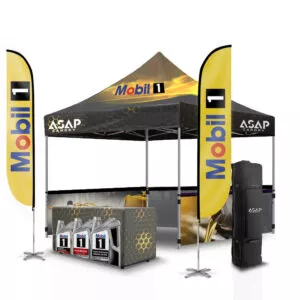


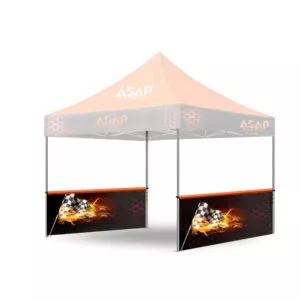
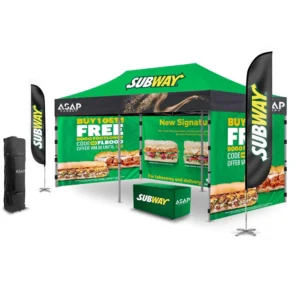

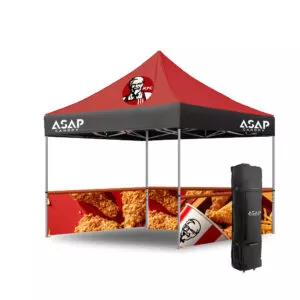
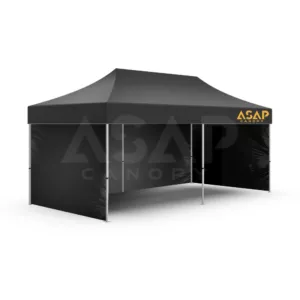



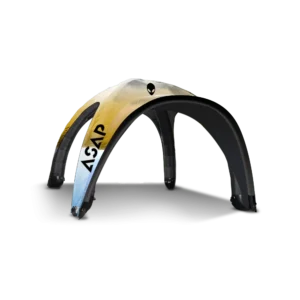

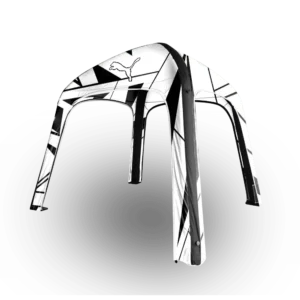



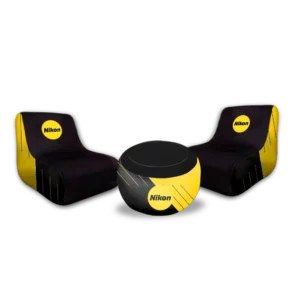




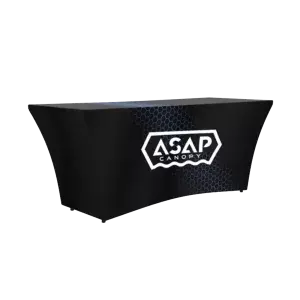

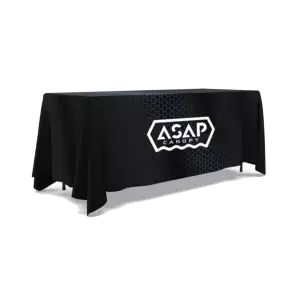





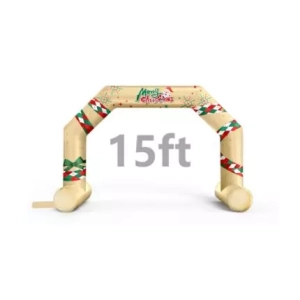





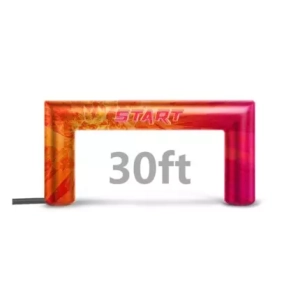





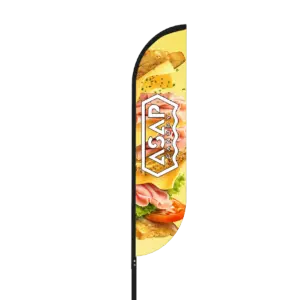


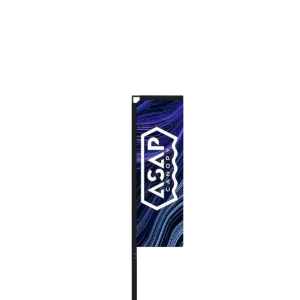

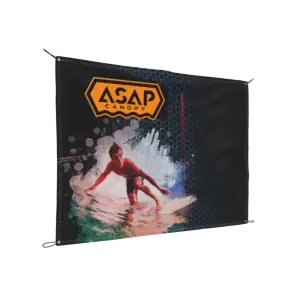
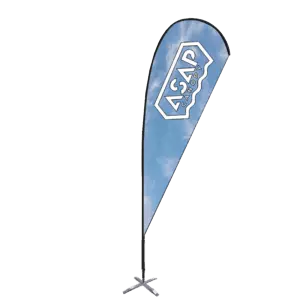

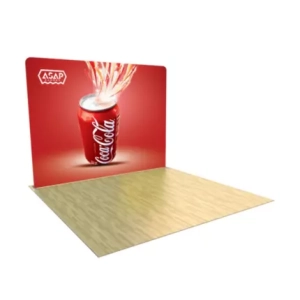

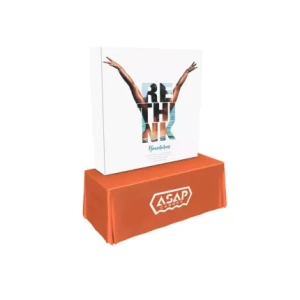
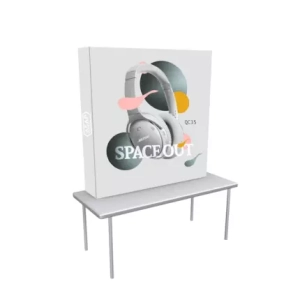
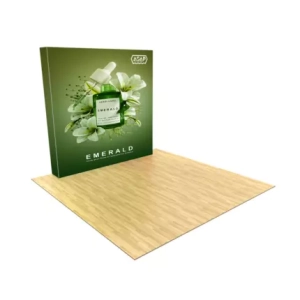



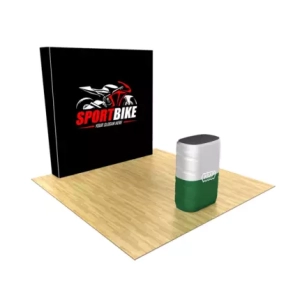






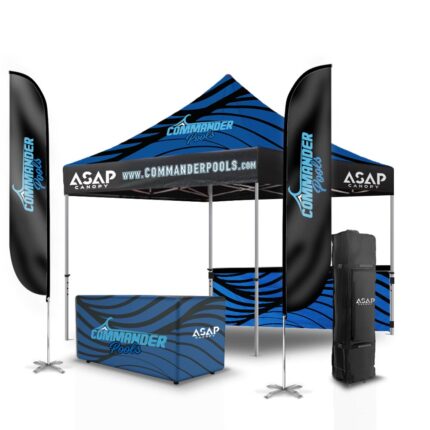
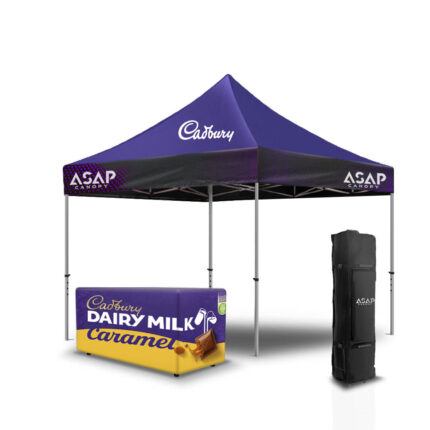

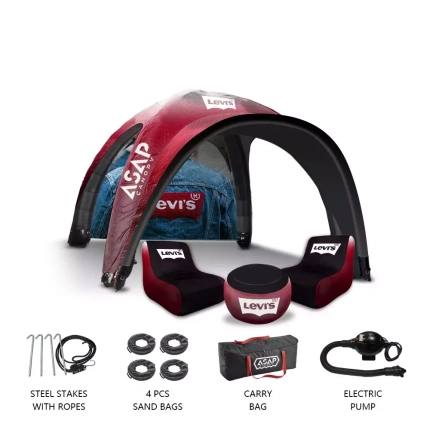

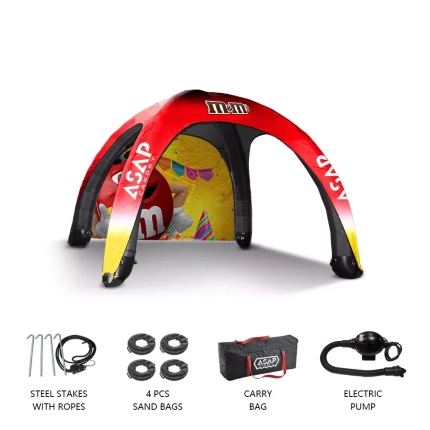





 5×5 Pop Up Tent
5×5 Pop Up Tent 6.5×6.5 Pop Up Tent
6.5×6.5 Pop Up Tent 10×10 Canopy Tent
10×10 Canopy Tent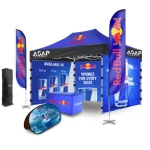 10×15 Canopy Tent
10×15 Canopy Tent 10×20 Canopy Tent
10×20 Canopy Tent Canopy Options
Canopy Options Blank Canopy Top
Blank Canopy Top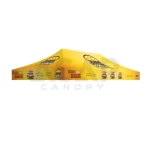 Canopy Top
Canopy Top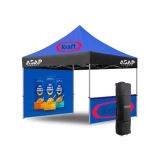 Canopy Walls
Canopy Walls Canopy Side Skirt
Canopy Side Skirt Blank Canopy
Blank Canopy Blank Canopy Kit
Blank Canopy Kit
 Inflatable Canopy Tents 10×10
Inflatable Canopy Tents 10×10 Inflatable Canopy Tents 13×13
Inflatable Canopy Tents 13×13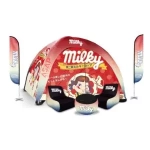 Inflatable Canopy Tents 16×16
Inflatable Canopy Tents 16×16 Inflatable Canopy Tents 20×20
Inflatable Canopy Tents 20×20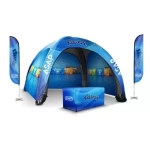 Inflatable Canopy Tents 23×23
Inflatable Canopy Tents 23×23 Inflatable Canopy Tents 26×26
Inflatable Canopy Tents 26×26 Inflatable Spider Tents
Inflatable Spider Tents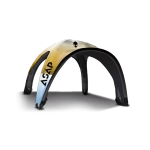 Inflatable Dome Tents
Inflatable Dome Tents Inflatable Eclipse Tents
Inflatable Eclipse Tents Inflatable Party Tent
Inflatable Party Tent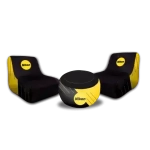 Inflatable Furniture
Inflatable Furniture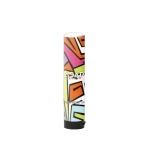 Inflatable Pillar
Inflatable Pillar
 Single Pole Star Tents
Single Pole Star Tents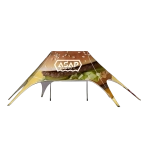 Double Pole Star Tents
Double Pole Star Tents
 15FT Inflatable Arches
15FT Inflatable Arches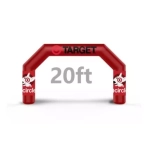 20FT Inflatable Arches
20FT Inflatable Arches 25FT Inflatable Arches
25FT Inflatable Arches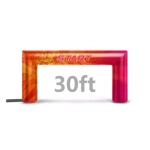 30FT Inflatable Arches
30FT Inflatable Arches 40FT Inflatable Arches
40FT Inflatable Arches 50FT Inflatable Arches
50FT Inflatable Arches Custom Constant Arches
Custom Constant Arches Custom Sealed Arches
Custom Sealed Arches
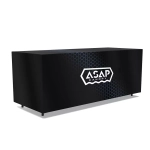 Fitted Table Covers
Fitted Table Covers Stretch-Fit Table Covers
Stretch-Fit Table Covers Loose Table Throws
Loose Table Throws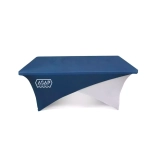 Cross-Over Stretch-Fit Table Cover
Cross-Over Stretch-Fit Table Cover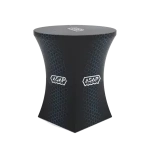 Round Stretch-Fit Table Cover
Round Stretch-Fit Table Cover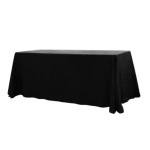 Blank Table Throws
Blank Table Throws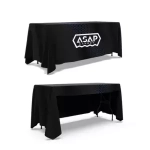 3-Sided Loose Table Throw
3-Sided Loose Table Throw Round Fitted Table Covers
Round Fitted Table Covers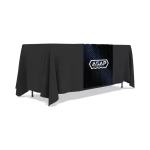 Table Runners
Table Runners Square Table Covers
Square Table Covers
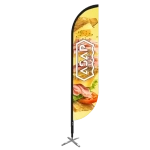 Feather Flags
Feather Flags Blade Flags
Blade Flags Feather Banner
Feather Banner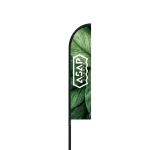 Blade Banner
Blade Banner Teardrop Flags
Teardrop Flags Teardrop Banner
Teardrop Banner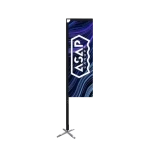 Rectangle Flags
Rectangle Flags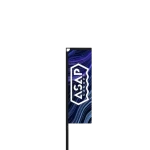 Rectangle Banner
Rectangle Banner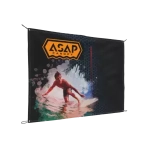 Mesh Event Banners
Mesh Event Banners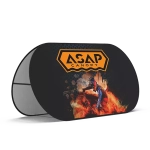 Pop Out Banner Horizontal
Pop Out Banner Horizontal Pop-Out Banner Vertical
Pop-Out Banner Vertical
 Trade Show Display
Trade Show Display Trade Show Display Kit
Trade Show Display Kit Pop Up Trade Show Display
Pop Up Trade Show Display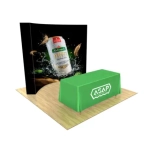 Pop Up Trade Show Display Deluxe Kit
Pop Up Trade Show Display Deluxe Kit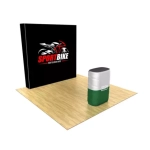 Pop Up Trade Show Display Kit
Pop Up Trade Show Display Kit TableTop Displays Kit
TableTop Displays Kit Pop Up Tabletop Display Kit
Pop Up Tabletop Display Kit Pop Up Tabletop Display
Pop Up Tabletop Display Tabletop Display
Tabletop Display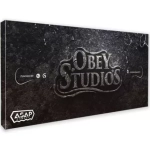 Straight Trade Show Exhibit Booth
Straight Trade Show Exhibit Booth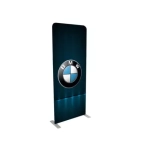 Banner Stand
Banner Stand
 Tent Accessories
Tent Accessories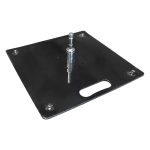 Flag Accessories
Flag Accessories Arch Accessories
Arch Accessories Trade Show Accessories
Trade Show Accessories
